Harriet Tubman Underground Railroad National Historic Park
Harriet Tubman Underground Railroad National Historic Park is a new national monument and park. It is located along the eastern shore of the Chesapeake Bay, in an area that looks much the same as it did at the time of the Civil War.
Jump Ahead To
Overview
Harriet Tubman Underground Railroad National Historic Park is located about 10 miles south of Cambridge, Maryland. It is a 480 acre park that was carved out of the Blackwater National Wildlife Refuge. It officially was declared a National Park and Monument in 2013.

The Eastern Shore of Maryland is one of the most undeveloped parts of the east coast. The big city of Baltimore, 90 miles away, is seen as another world. When we paid at a gas station with our Wells Fargo card the clerk said, “you are not around here are you, you must have come from Baltimore.” I think she was shocked when we said “no, actually we are from California.”
This area is about exploring the history and scenery. Right next door is the Blackwater National Wildlife Refuge which should be combined with a trip to the Harriet Tubman Underground Railroad National Historic Park.
The actual Harriet Tubman Underground Railroad National Historic Park is mainly a museum and education center. The primary goal is to learn about Harriet Tubman from the place where she grew up.
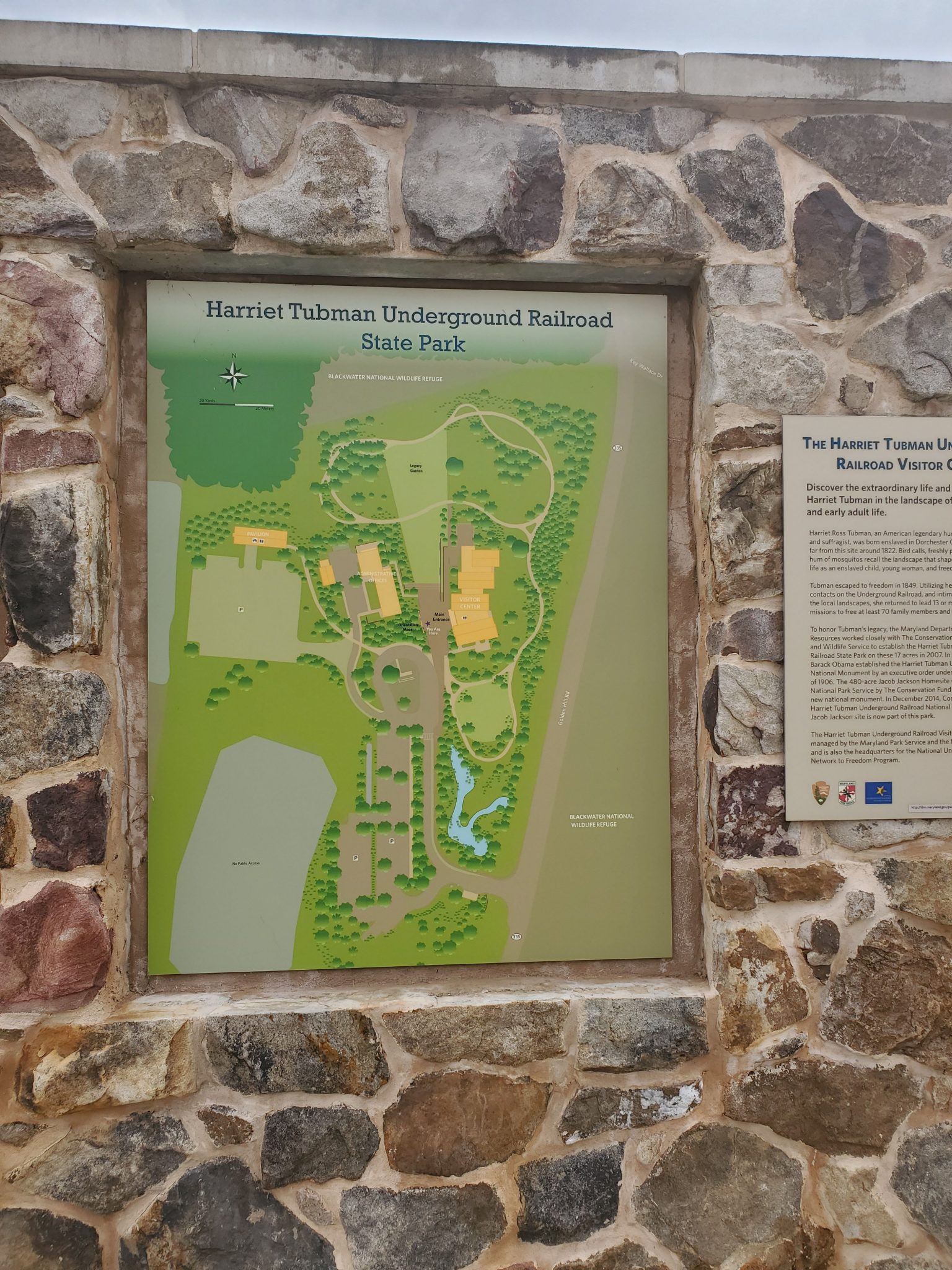
Life of Harriet Tubman
Harriet Tubman is a fairly famous name, but prior to visiting Harriet Tubman Underground Railroad Park, I did not know a great about the specifics of Tubman’s life. This is a fascinating story and most of the park is dedicated to putting Tubman’s life and times into clear perspective.
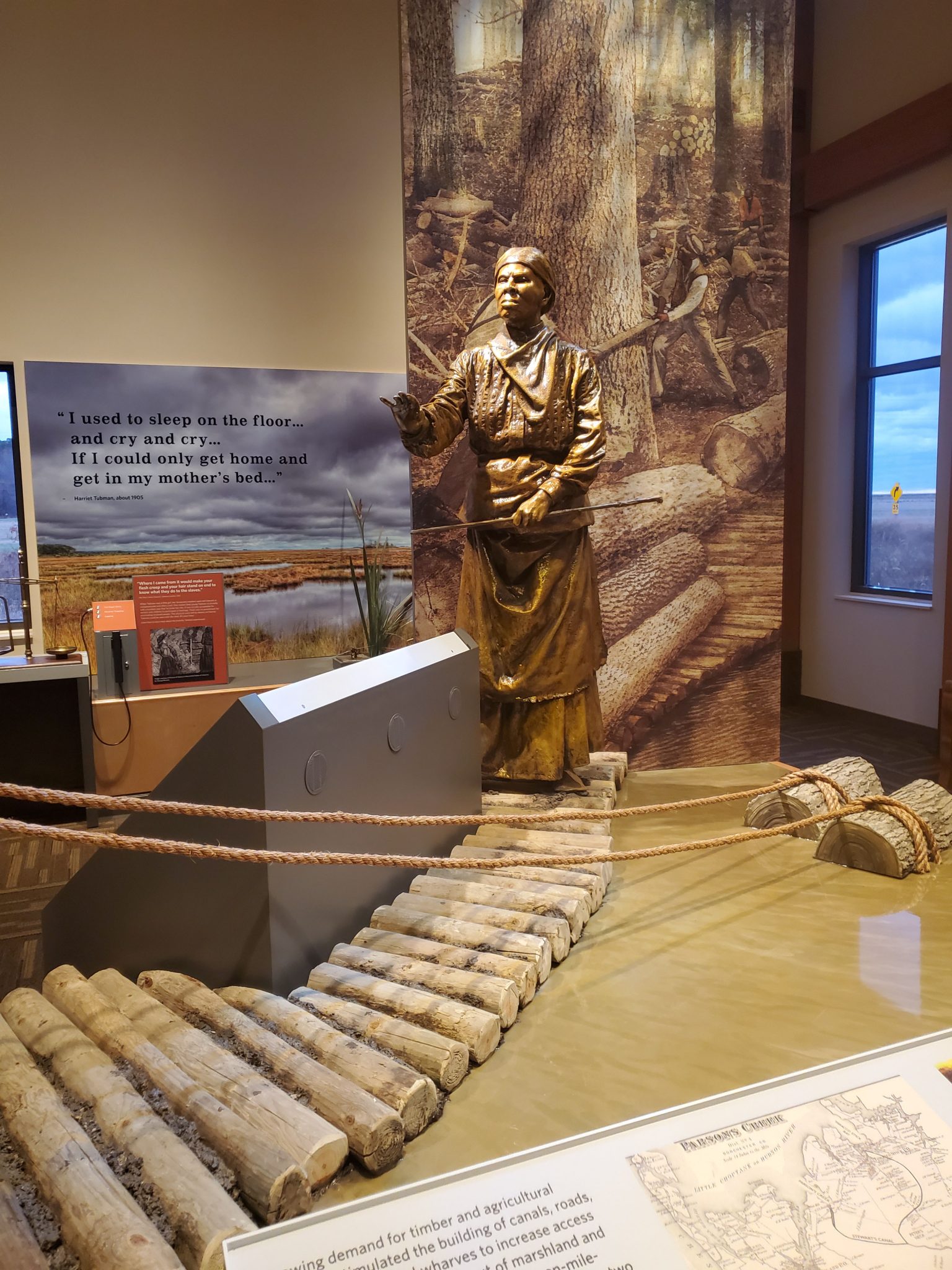
Maryland, like Kentucky, was one of those border states where slavery was practiced but tolerated as freely as in the more southern states. Tubman was born into slavery in 1822. When she was young she was hit in the head by an object thrown by a shopkeeper (aimed at another slave). That injury led to, among other things, visions and she became very religious.
Tubman married John Tubman, a free black man. This part of the story shows the complicated nature of slavery. Maryland had a large free black population and freedom could actually be bought.
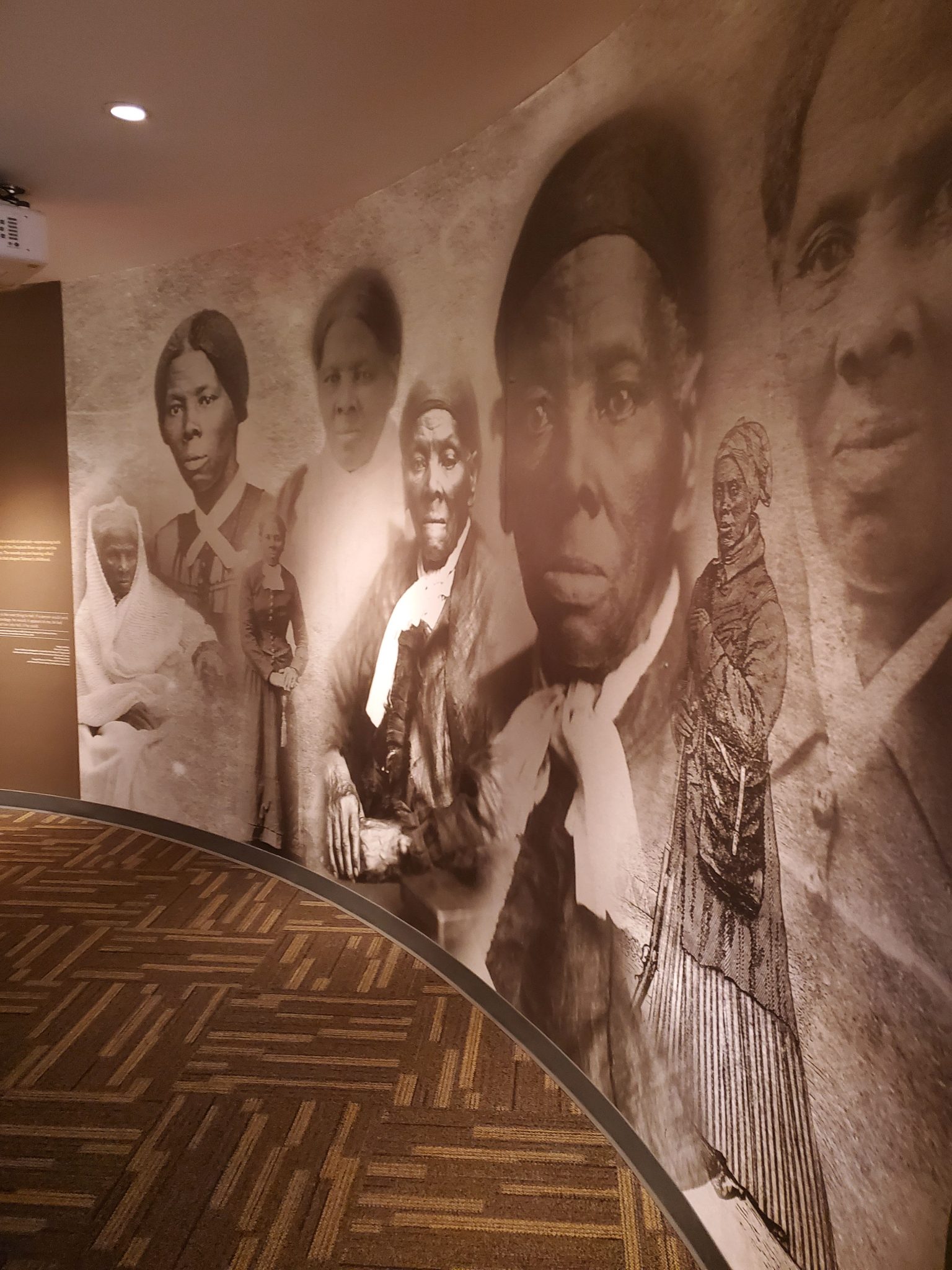
Of course, most slaves had no way to buy their freedom. In addition, This was a relatively improvised area of the country and Tubman’s slave owner family was not well off. Tubman was actually supposed to be emancipated but this was not honored.
When it looked like Tubman’s family was going to be sold and split apart she made her run for freedom. Tubman escaped, but much of her family remained behind. Tubman went back and helped rescue additional family members.
Through the 1850s, Tubman established a network to help slaves escape to freedom in the North. This network is what became known as the Harriet Tubman Underground Railroad. Tubman went on to serve as a nurse in the Civil War. In later life, she moved to New York and became an activist for both civil rights and a suffragist for giving women the vote.
Visitors Center
The heart of Harriet Tubman Underground Railroad National Historic Park is the visitors center. The center features a film about Tubman’s life and many exhibits that bring that story to life. Visiting the park and visitors center is free.
There is a meditation garden and some short trails, but mainly the visitors center serves as a starting point for more exploring. You can find guides to many other areas to explore, many of them directly rating to Tubman’s life and the Underground Railroad.
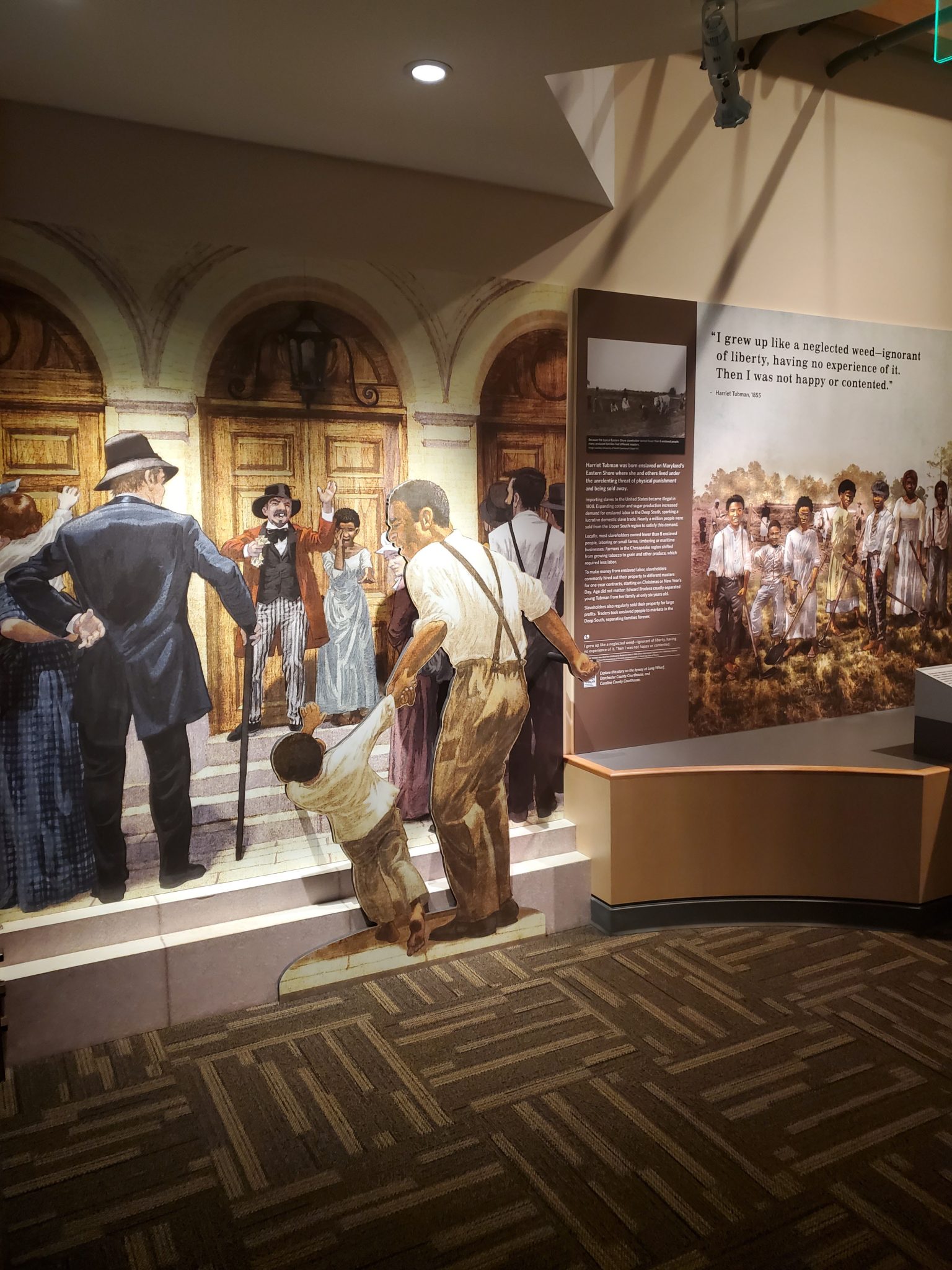
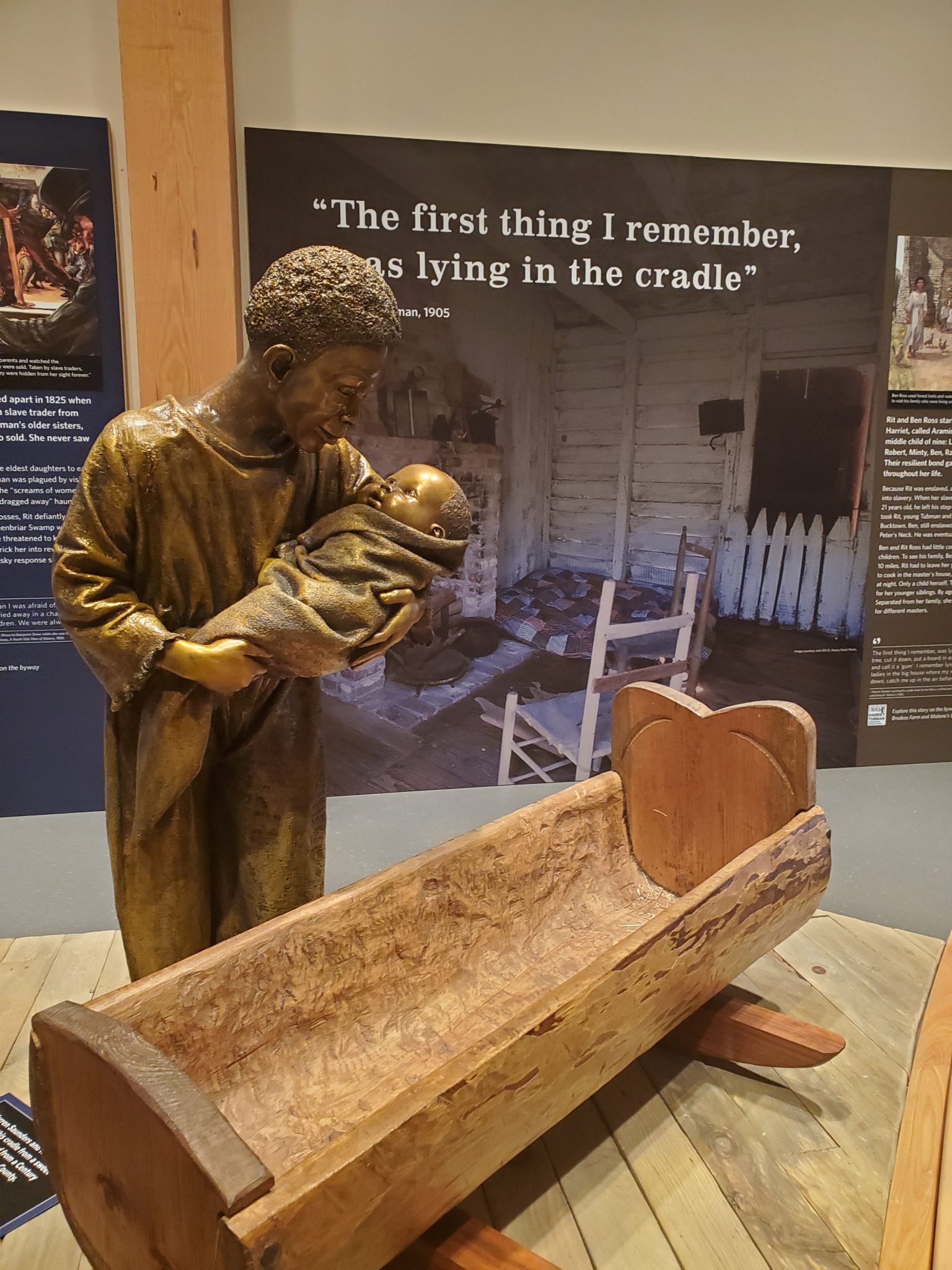
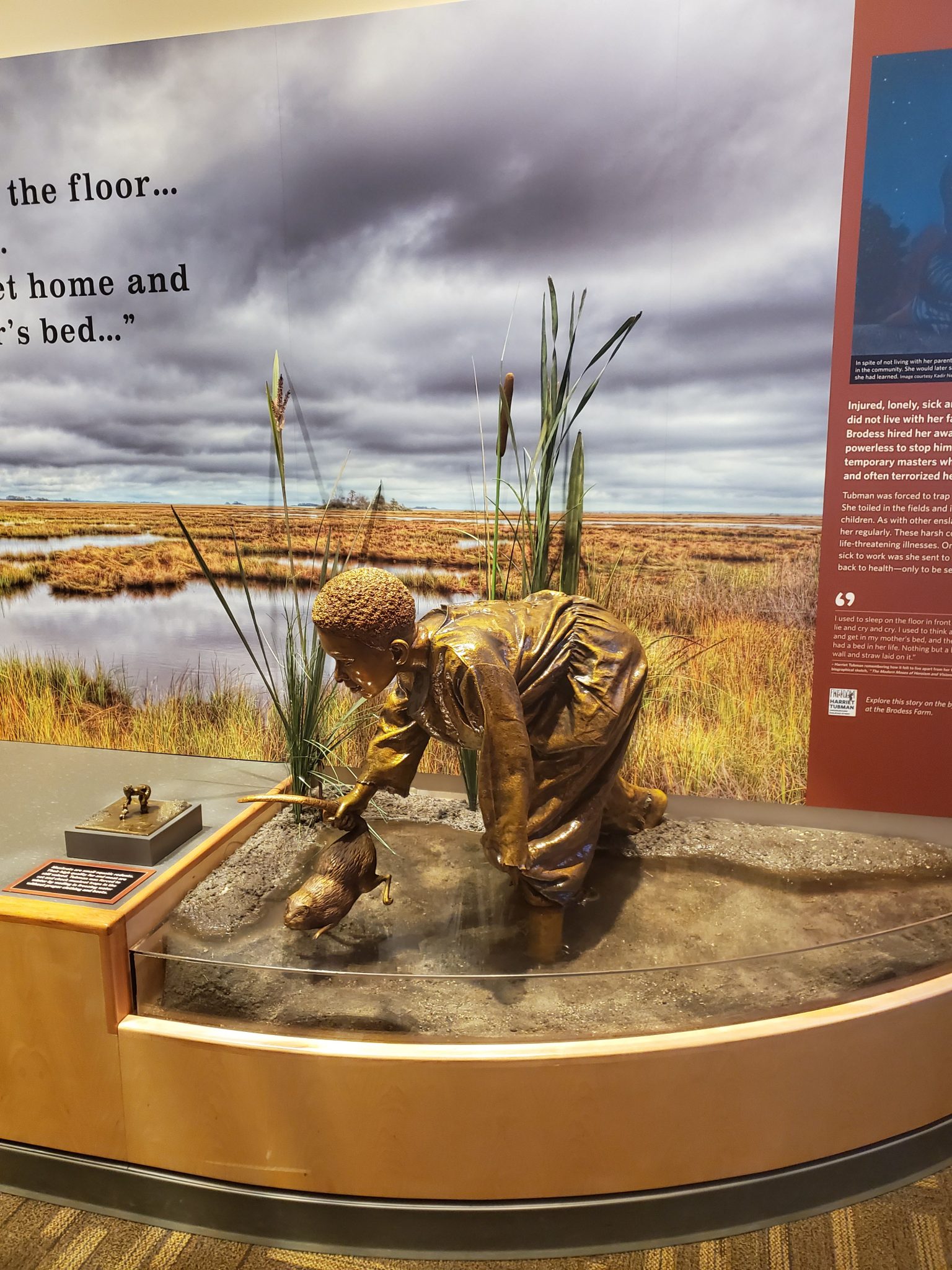
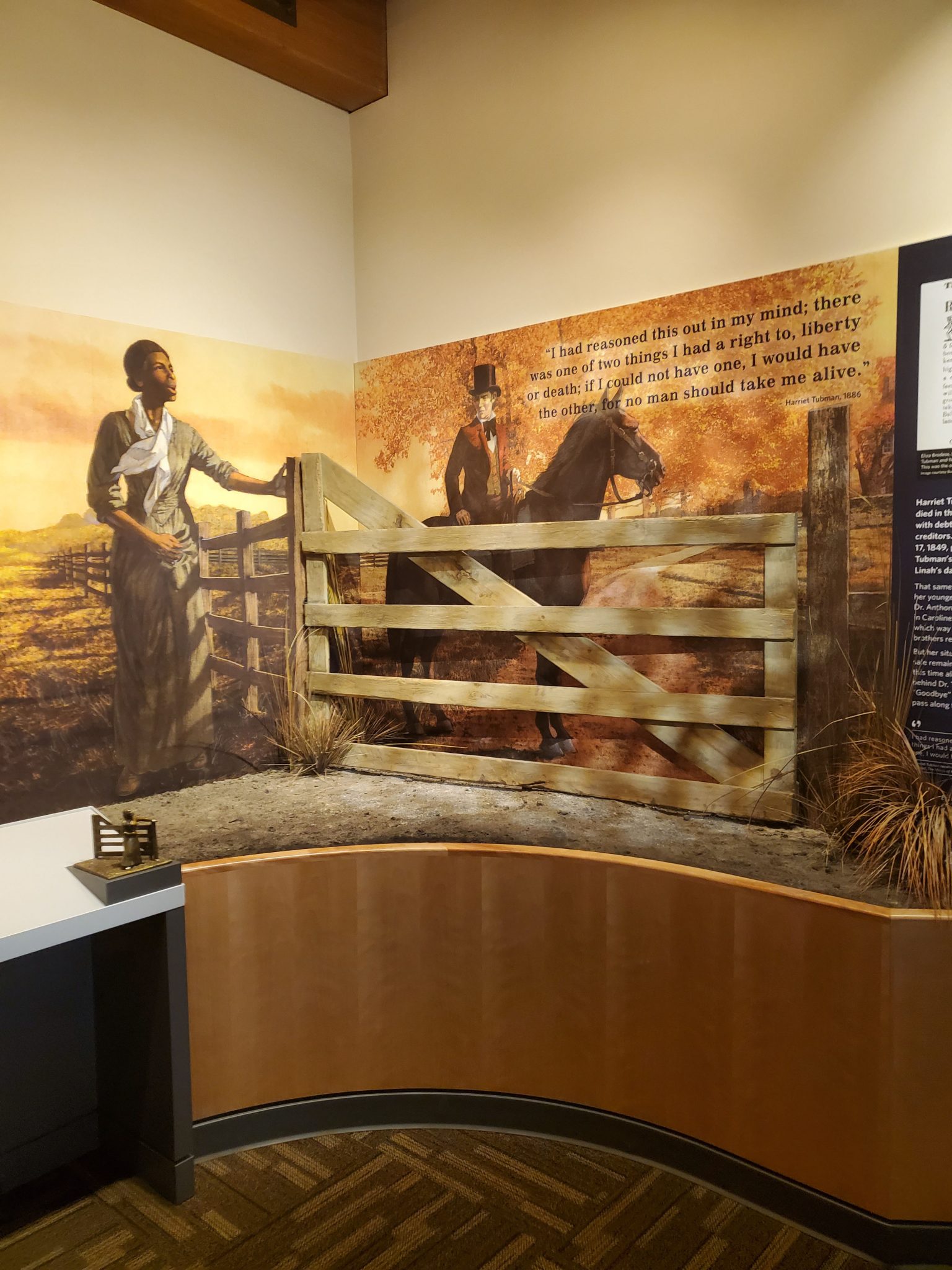
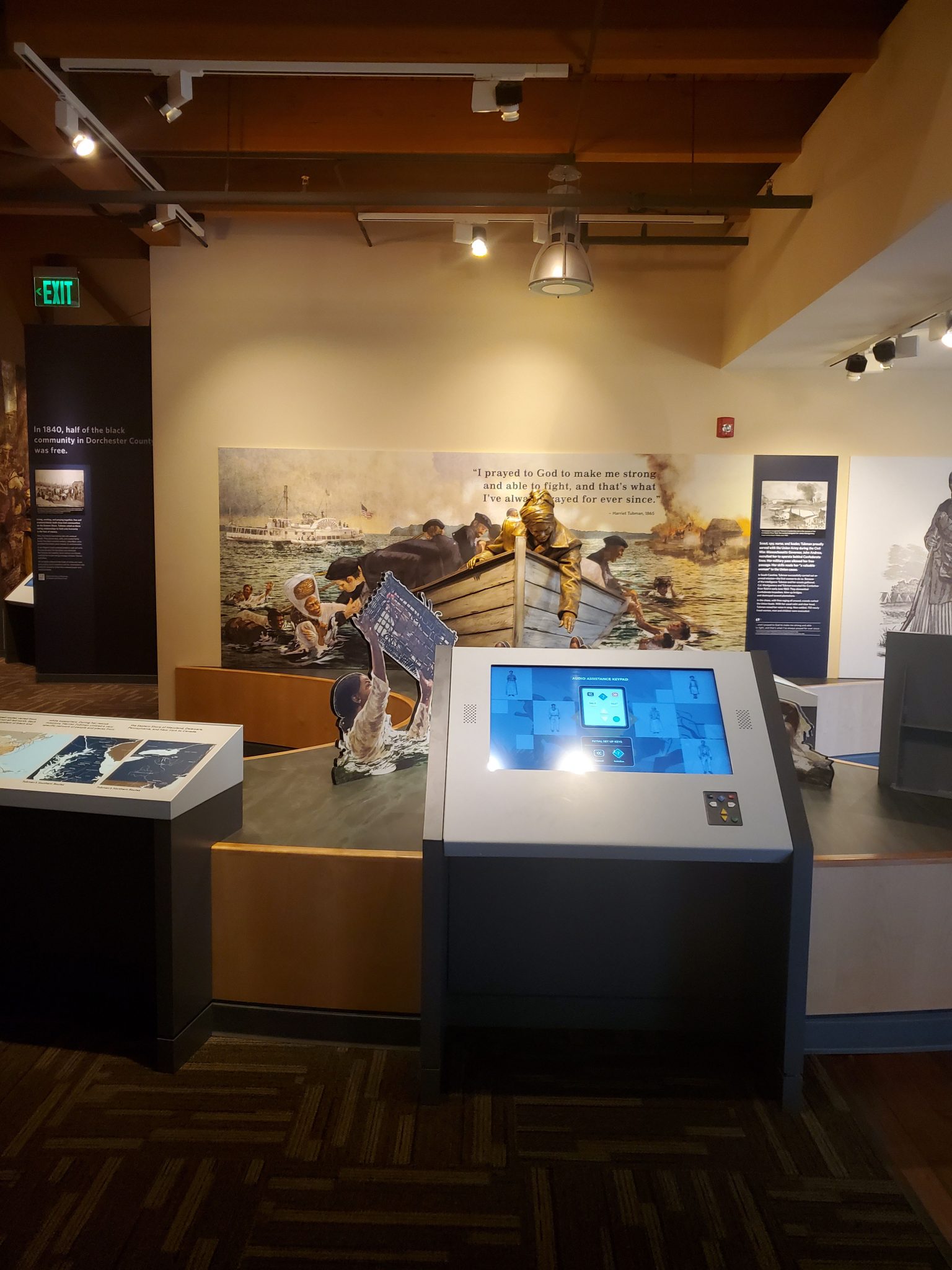
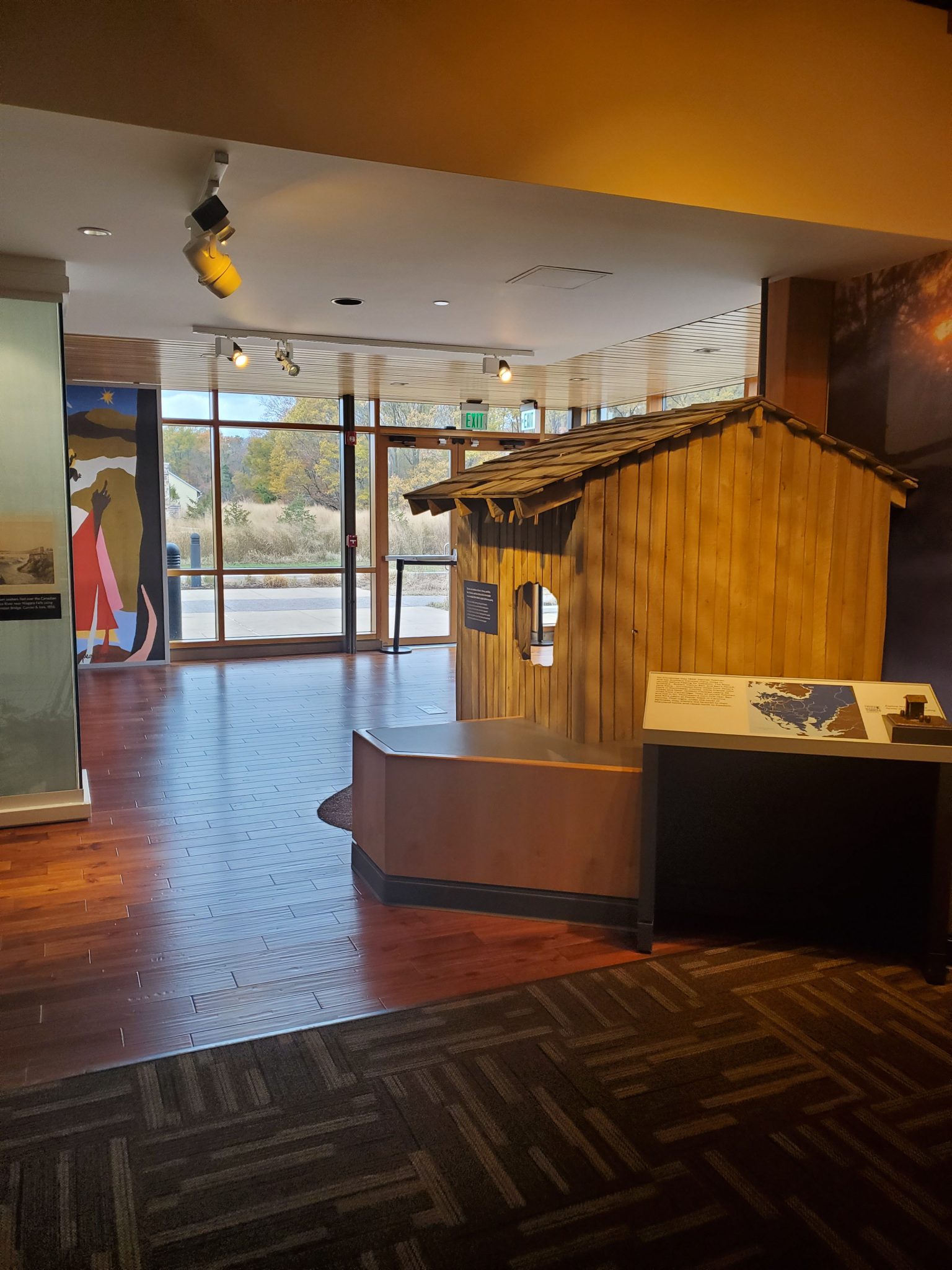
Further Explorations
The visitors center can be done in under 2 hours. However, this is an area of great scenic beauty and you will want to do more exploring.
If you come to Harriet Tubman Underground Railroad National Historic Park you definitely should visit the Blackwater National Wildlife Refuge which surrounds the park. This 28,000 acre reserve remains largely unchanged from Tubman’s time.
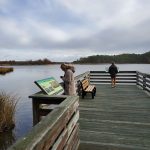
For those with more time on their hands there is the Harriet Tubman Underground Railroad Byway. The byway is a network of 125 miles of roads that were relevant to the Harriet Tubman Underground Railroad. It stretches through astern Maryland, all of Delaware into the Philadelphia area.
There are 45 sites on the byway, with the end at Philadelphia’s Independence Hall where the U.S. Constitution and Declaration of Independence were passed. Of course, the Constitution allowed slavery and this was also the site of the enforcement of the 1793 Fugitive Slave Act where runaway slaves were returned.
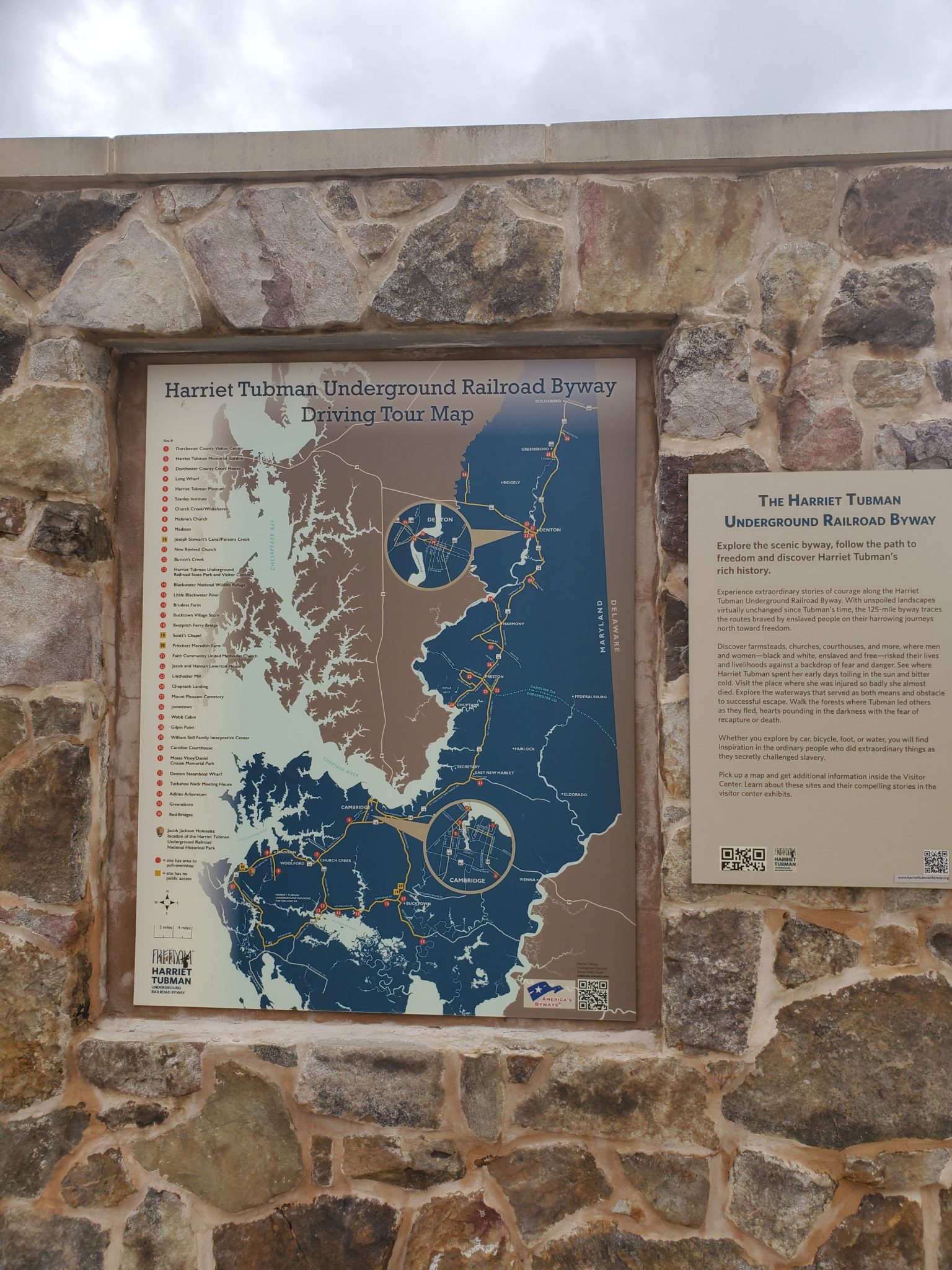
We did not have time to do the Harriet Tubman Underground Railroad Byway. However, it looked like a great way to further explore this isolated area of busy east coast. I noted one stop was the New Castle Court House in Delaware.
The New Castle Court House is the site of an interesting piece of trivia. When drawing the border between Delaware and Pennsylvania, famed surveyors Mason and Dixon used the courthouse to draw a 12-mile radius as the border. Looking on a map you can clearly see this circle as the border between the two states. Of course, the Mason-Dixon line became famed as the boundary between the North and the South.
If you are looking for a book to read to inspire your exploration of this area I suggest the James Michener historical novel Chesapeake. This novel follows a group of fictional family in this area from the 1500s to the time the book was published in 1978. Slavery and the underground railroad form an important part of the story.
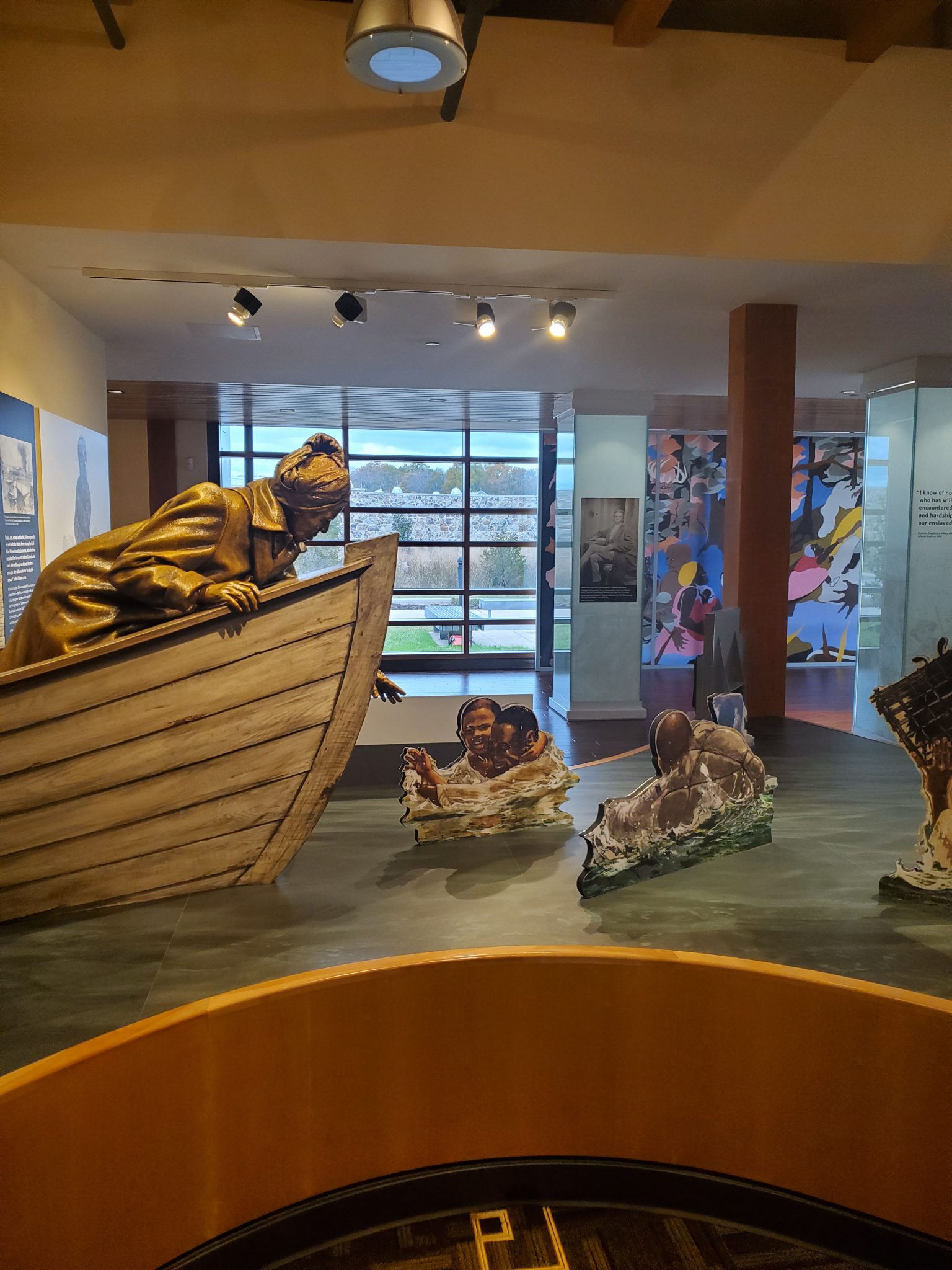

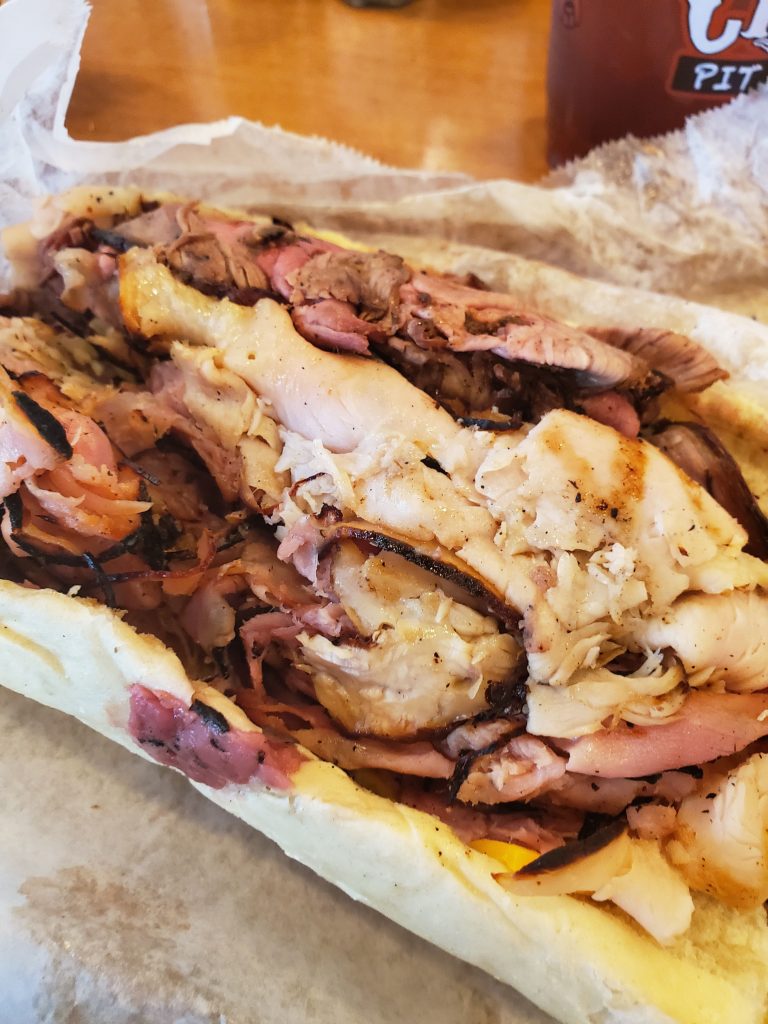

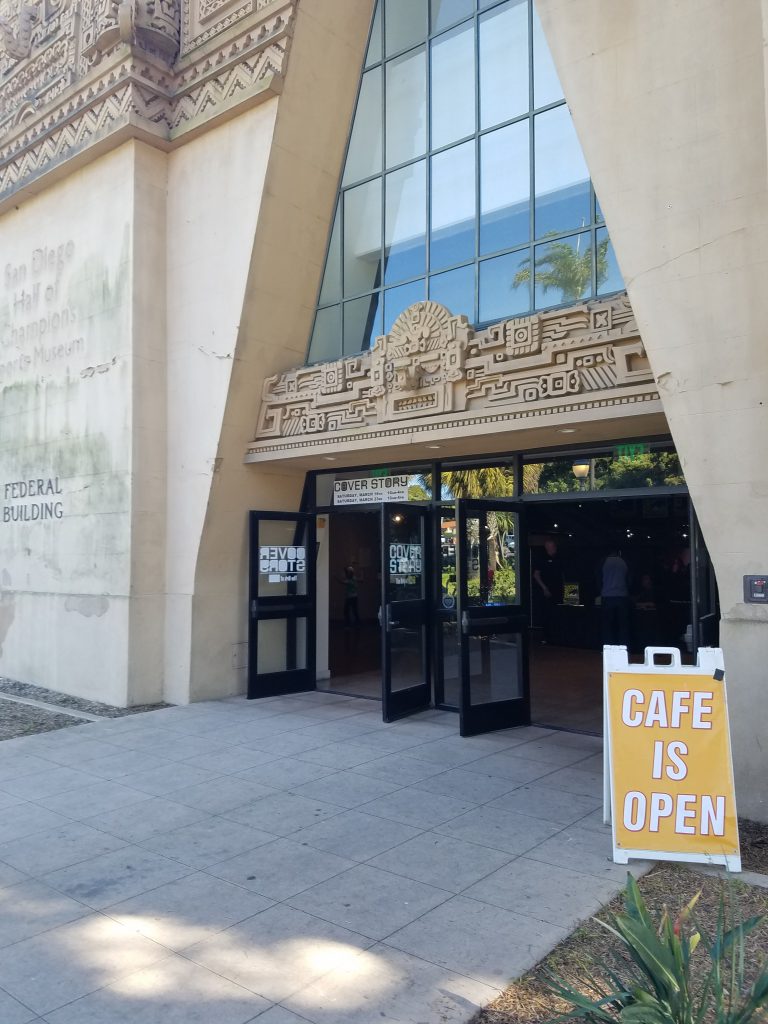
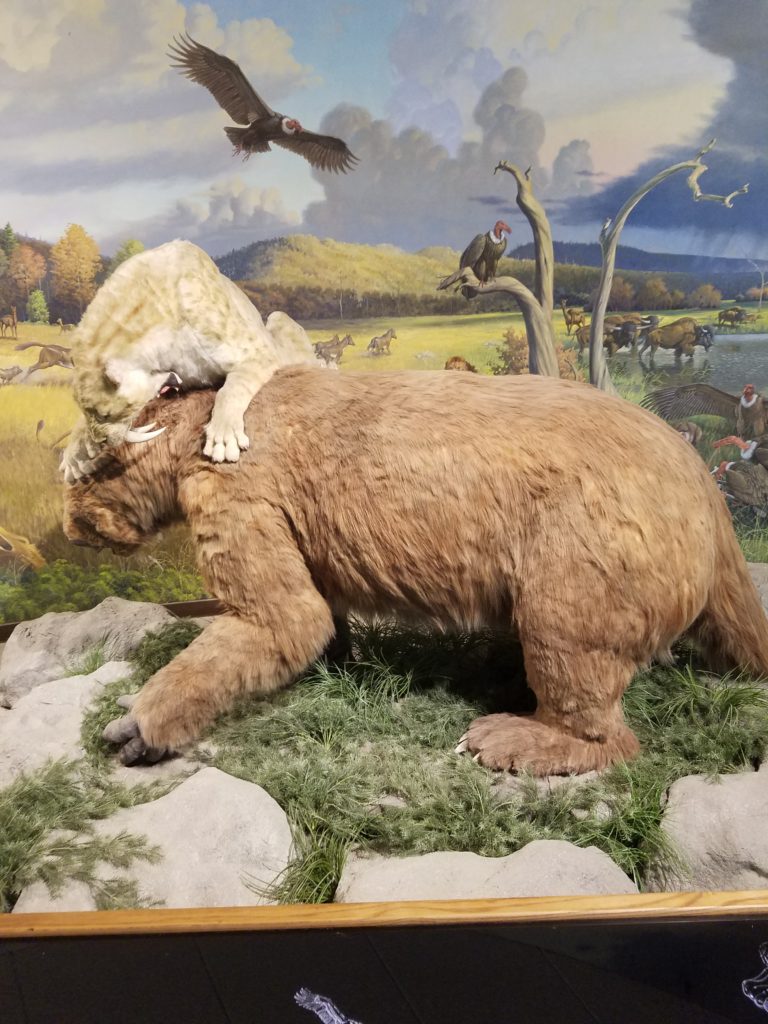
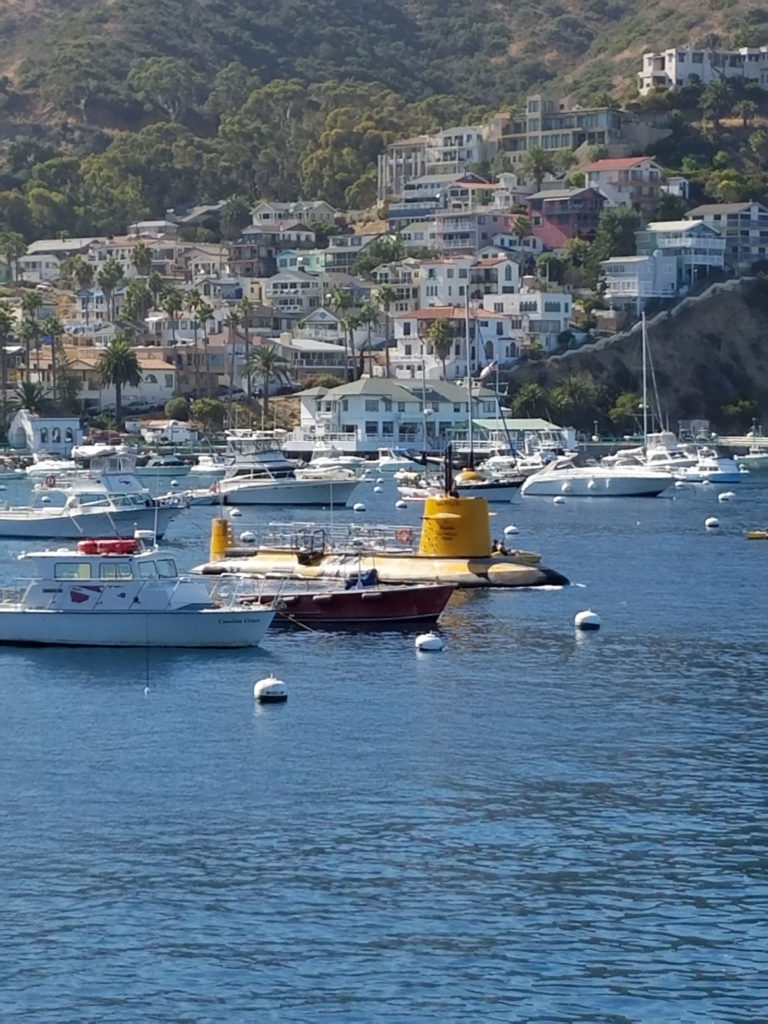
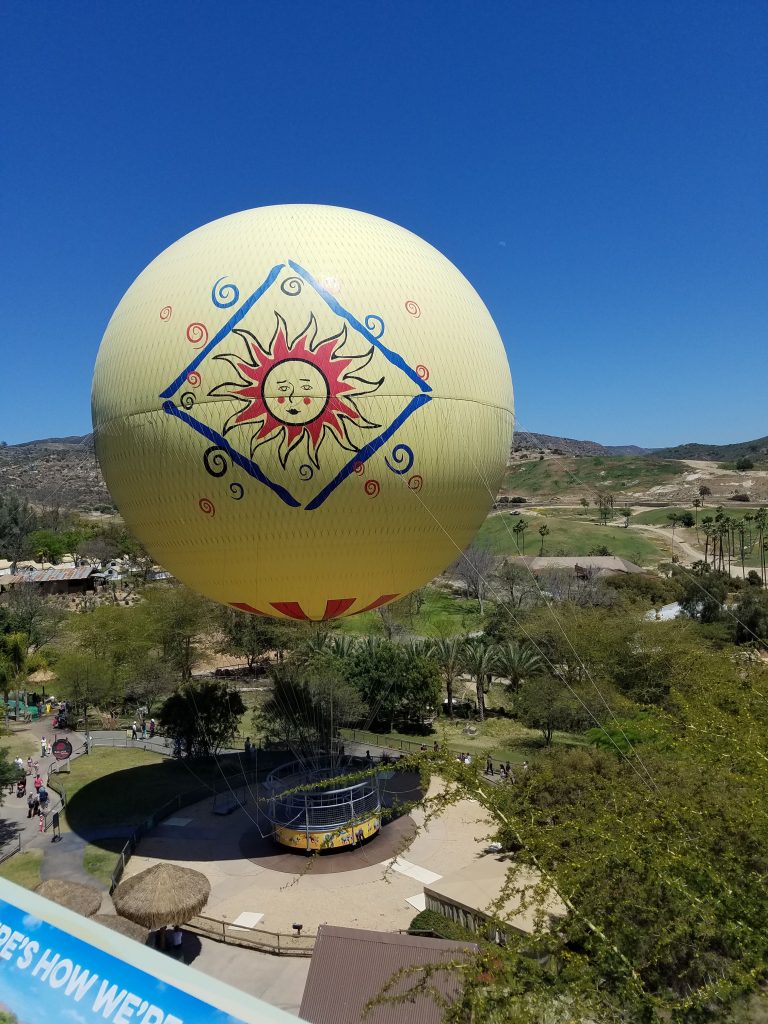
One Comment
Comments are closed.